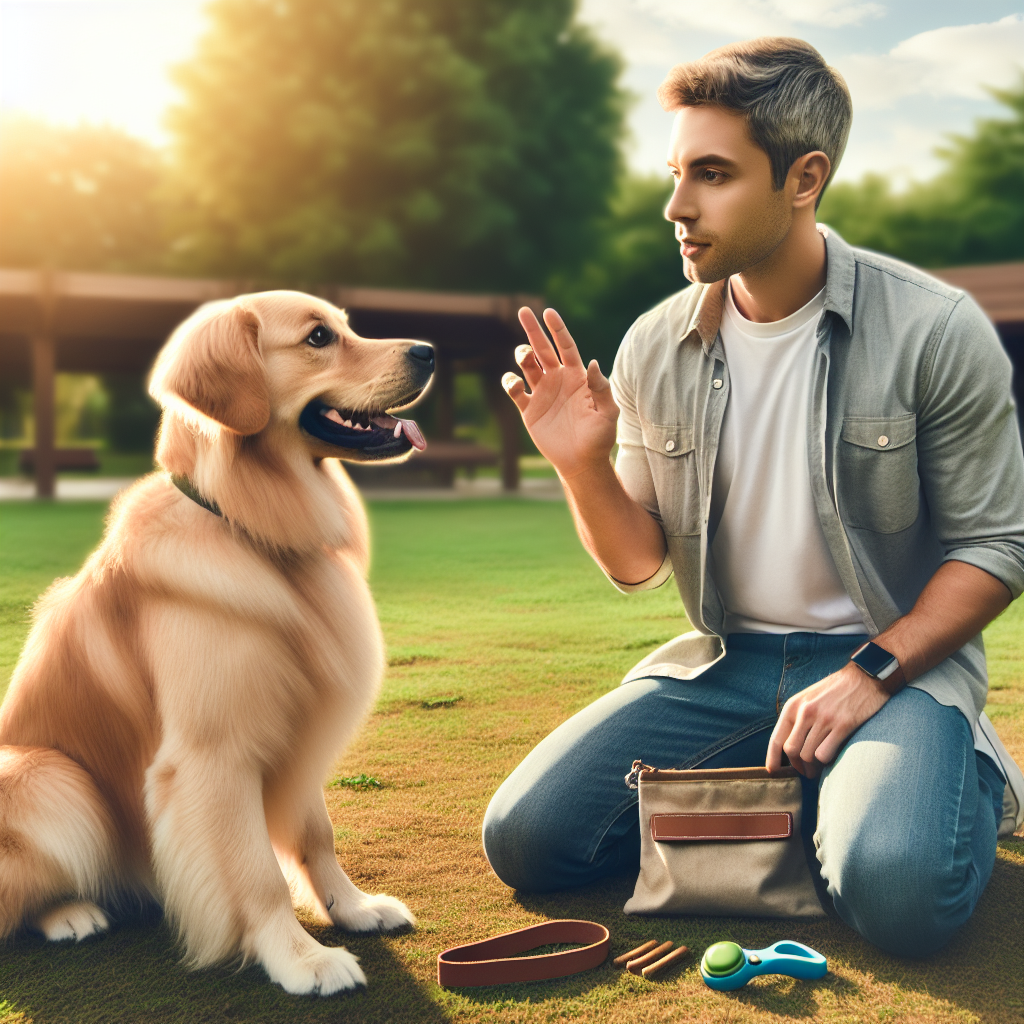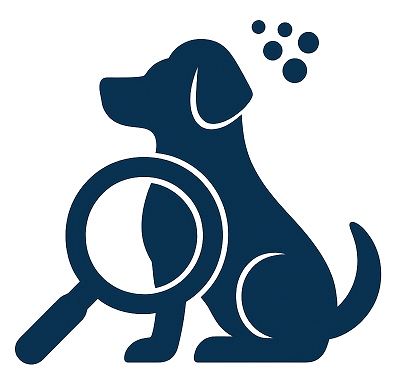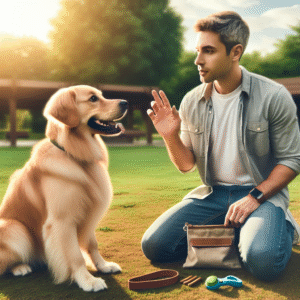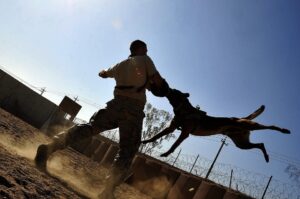
“`html
Introduction
Training is not just for puppies; adult dogs also benefit greatly from continued education and reinforcement of training. Whether you’ve recently adopted an adult dog that needs to learn basic commands, or you have a pet that requires a refresher, reinforcing training can enhance your dog’s obedience, improve their behavior, and strengthen your bond with them. In this article, we’ll explore effective strategies to reinforce training in adult dogs, focusing on patience, consistency, and positive reinforcement.
Understanding Adult Dog Behavior
Before diving into specific training strategies, it’s important to understand some fundamental aspects of adult dog behavior. Adult dogs, like humans, have established habits and personalities, which can sometimes make training a bit more challenging compared to training puppies. However, adult dogs also possess longer attention spans and greater impulse control, which can actually be advantageous in a training context.
Adult dogs may carry prior experiences that influence their behavior. This could include previous training, lack of training, or even trauma. Understanding these aspects is crucial, as it will help you tailor your training approach to meet your dog’s specific needs.
Assessing Your Dog’s Current Training Level
Before you begin reinforcing training, assess your dog’s current skill level. Make a list of commands and tricks your dog already knows, and note any behaviors that need improvement. This will provide a baseline to measure progress and identify areas that require focus.
Strategies for Reinforcing Training in Adult Dogs
Consistency is Key
Consistency is one of the most important aspects of any training regimen. It involves using the same words, commands, and signals each time you train your dog. Consistency helps prevent confusion and allows your dog to make clear associations between commands and actions.
– Choose specific words or phrases for each command and ensure everyone in the household uses the same terminology.
– Maintain a regular training schedule to provide structure and routine, which can be comforting for dogs.
Positive Reinforcement
Positive reinforcement is a powerful tool in dog training. It involves rewarding your dog for desired behaviors, thereby increasing the likelihood that these behaviors will be repeated. This method not only enhances learning but also fosters a positive relationship between you and your dog.
– Use treats, praise, or toys as rewards. The reward should be something your dog truly values.
– Deliver rewards immediately after the desired behavior to reinforce the connection.
– Gradually phase out treats over time, replacing them with praise or petting to maintain the behavior.
Patience and Persistence
Training an adult dog requires patience and persistence. Some dogs may take longer to learn or relearn commands, especially if they have had negative experiences in the past.
– Avoid showing frustration or anger, as this can hinder progress and damage your relationship with your dog.
– Celebrate small victories and progress, no matter how minor they may seem.
– Remember that setbacks are normal and part of the learning process.
Use of Clicker Training
Clicker training is a form of positive reinforcement that uses a sound (the click) to mark the exact moment a desired behavior occurs, followed by a reward. This method can be particularly effective for adult dogs as it provides clear, immediate feedback.
– Begin by associating the click sound with a reward until your dog understands that a click means a treat is coming.
– Use the clicker to mark desirable behaviors, ensuring the timing is precise.
– Gradually increase the complexity of tasks as your dog becomes more comfortable with the training process.
Building on Existing Skills
Adult dogs often come with a set of skills or commands they already know. Building on these existing skills can be an effective way to reinforce training and introduce new commands.
– Start with commands your dog already knows to build confidence.
– Gradually introduce variations or more complex commands once the basics are solid.
– Use known commands as a foundation for teaching new behaviors.
Addressing Behavioral Issues
Behavioral issues such as aggression, anxiety, or excessive barking can sometimes interfere with training. Addressing these issues is crucial for effective training.
– Identify triggers that cause problematic behaviors and work to desensitize your dog to them.
– Consult a professional dog trainer or behaviorist if necessary, especially for severe issues.
– Use training to redirect unwanted behaviors into positive actions.
Enrichment and Mental Stimulation
Mental stimulation is as important as physical exercise for dogs, especially when reinforcing training in adults. Enriching your dog’s environment can help reduce boredom and prevent negative behaviors.
– Introduce puzzle toys, interactive games, and training exercises that challenge your dog’s problem-solving skills.
– Rotate toys and activities to keep things interesting and engaging.
– Use training sessions as a form of mental exercise.
Common Challenges and Solutions
Training adult dogs can come with its own set of challenges. However, understanding these challenges and having strategies in place can help overcome them.
Overcoming Resistance to Training
Some adult dogs may be resistant to training due to past experiences or ingrained habits. Overcoming this resistance requires patience and a gradual approach.
– Start with short, frequent training sessions to build interest and attention.
– Use high-value rewards to motivate your dog.
– Ensure the training environment is free from distractions to help your dog focus.
Dealing with Setbacks
Setbacks are normal in any training process. It’s important to stay positive and persistent when they occur.
– If a setback happens, take a step back to a level where your dog was successful, then gradually work forward again.
– Re-evaluate your training methods and make adjustments as necessary.
– Maintain a calm demeanor to help your dog remain comfortable and confident.
Conclusion
Reinforcing training in adult dogs is a rewarding endeavor that can lead to a more harmonious relationship between you and your pet. By employing strategies such as consistency, positive reinforcement, and patience, you can effectively teach and reinforce desired behaviors in your adult dog. Remember, every dog is unique, and tailoring your approach to fit your dog’s needs will yield the best results. Whether you’re starting from scratch or reinforcing existing skills, the effort you put into training will pay off in a happy, well-behaved companion.
“`













